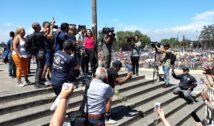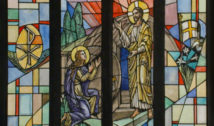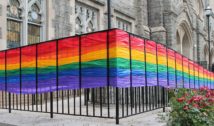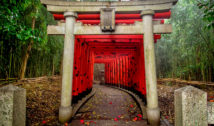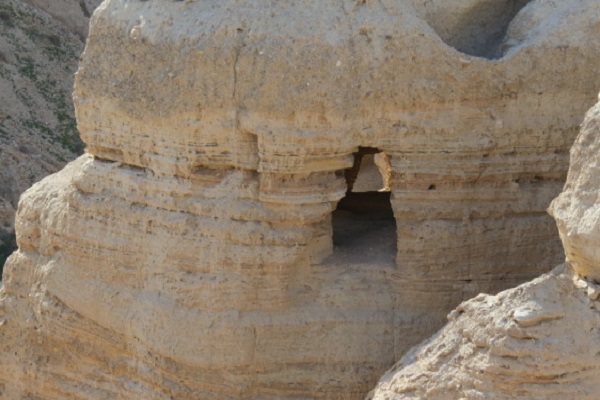
Museum of the Bible: Test Confirms 5 Dead Sea Scrolls Are Fake
- By Nathan Glover --
- 24 Oct 2018 --

Other fragments will also be analyzed to determine the authenticity of the scrolls.
Five Dead Sea Scrolls fragments in the Museum of the Bible's collection are now confirmed as fakes.[/tweetit] The displays were pulled from their shelves on October 22. The museum houses a total of 16 Dead Sea Scrolls, listed as a few of its most prized possessions.
Museum of the Bible: Test Confirms 5 Dead Sea Scrolls Are Fake[/tweetthis]
The fragments of the concerned Dead Sea Scrolls had been put on display from the time the museum opened in November 2017. The Museum of the Bible was conceptualized by Steve Green, the evangelical Christian businessman and owner of Oklahoma-headquartered Hobby Lobby craft stores. It opened in Washington close to the National Mall. The fragments were subjected to a number of scientific tests and consequently deemed to possess properties which are not consistent with their supposed ancient origin.
The Dead Sea Scrolls takes the form of fragments which were supposedly parts of 930 manuscripts found near modern day Israel's Dead Sea area. The findings were made during the latter years of the 1940s and the early 1950s. These scrolls were supposed to date back into the period from third century BC to first century AD. If they were authentic, academics would have glimpsed what Judaism was at the time of the birth of Christianity.
It was believed the scrolls could be fake even before the Museum of the Bible was open to the public in 2017. One of the first to ring the forgery bell was Trinity Western University's, Kipp Davis. He analyzed the scribal quality, manuscript condition, and writing techniques of the fragments and concluded that there could be a high probability of seven fragments in the museum's collection being forgeries. The remaining ones wait to be properly analyzed.
A nail in the coffin of History-Centric religions? https://t.co/FmopHehITU
— Rajiv Malhotra (@RajivMessage) October 23, 2018
The market for fakes was booming at that time, with forgers eager to make a quick buck by fooling rich American evangelical Christians. Green was simply one of many wealthy Americans who got fooled. Experts estimate that approximately 70 forgeries changed hands on the antiquities market from 2002.
The Museum of the Bible, in April 2017, dispatched five fragments to Bundesanstalt für Materialforschung und-prüfung (BAM) in Germany for a number of tests, including scanning X-ray fluorescence and 3D digital microscopy, chemical makeup, and sediment layers. The tests confirmed the fragments were not genuine. The museum then took the decision to replace them with other presumably genuine fragments. Tests will be conducted on the remaining fragments as well.








